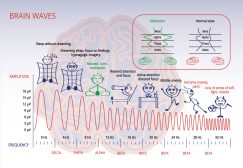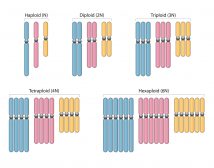Definition
noun
(anatomy) The superior muscle arising from the thyroid cartilage, and, together with cricopharyngeus, constitute the inferior pharyngeal constrictor
Supplement
The inferior pharyngeal constrictor consists of two muscles: the thyropharyngeus and the cricopharyngeus. The thyropharyngeus is the muscle superior to the cricopharyngeus. Whereas the cricopharyngeus arises from the cricoid cartilage, the thyropharyngeus starts from the thyroid cartilage (particularly from the thyroid lamina and inferior cornu) and inserts into the posterior pharyngeal raphe1, thus, the name. Since the thyropharyngeus is attached to the cricoid and thyroid, it “provides an opportunity for laryngeal elevation.”1
Both the thyropharyngeus and the cricopharyngeus participate in the proper swallowing of food (bolus) down to the esophagus. However, their actions are paradoxical. As the thyropharyngeus contracts the cricopharygeus relaxes, and vice versa.2
The thyropharyngeus propels the food through the pharynx.1 The cricopharyngeus, in turn, which lies on top (at the orifice) of the esophagus, relaxes fully for the easy passage of bolus from the pharynx to the esophagus.
Word origin: a combination of thyro- (thyroid) and pharynx + –eus
Also called:
- thyropharyngeal muscle
Compare:
See also:
- inferior pharyngeal constrictor
Reference(s):
1 Seikel, J. A., King, D. W., & Drumright, D. G. (2010). Anatomy & physiology for speech, language, and hearing (4th ed.). Clifton Park, NY: Delmar Cengage Learning.
2 Kulkarni, N. V. (2006). Clinical anatomy for students: problem solving approach. New Delhi: Jaypee Bros. Medical Publishers.







